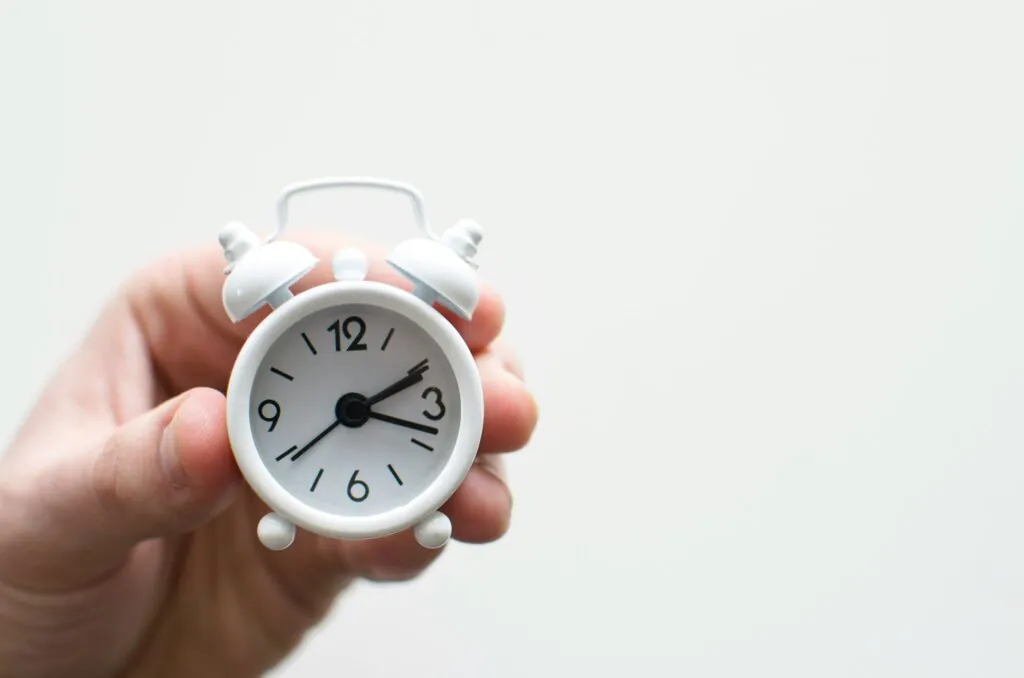How Do Modifications Impact Liability?
Product liability law is designed to protect consumers from harm caused by defective or dangerous products. Manufacturers have a legal responsibility to ensure that their products are safe for consumers when used as intended. However, once a product leaves the manufacturer’s hands, it is sometimes altered by consumers or third parties, raising complex legal questions.
When a product is modified, determining liability becomes challenging. If a modification significantly changes how a product functions, does the manufacturer still bear responsibility for injuries? Does liability shift to the person or business that made the modification? Or is the consumer solely responsible for the risks associated with altering a product?
These questions arise frequently in product liability lawsuits. Manufacturers often argue that modifications void liability, while injured plaintiffs claim that the original design was inherently unsafe. Courts must determine whether the modification was foreseeable, whether it contributed to the injury, and whether the original product was defective.
Understanding these legal complexities is crucial for businesses, consumers, and legal professionals. This article examines the impact of third-party modifications on product liability, the defenses available to manufacturers, and how courts determine responsibility in these cases.
What Are Third-Party Modifications?
Definition and Types of Modifications
A third-party modification refers to any unauthorized change made to a product after it leaves the manufacturer’s control. These modifications can be made by:
- Consumers who add aftermarket parts, rewire electronics, or make customizations.
- Repair shops or technicians who alter a product’s safety features or components.
- Third-party companies that modify or enhance a product to provide new functionality.
Common Types of Modifications
Modifications can vary widely in complexity and impact, including:
- Physical alterations – Changes to the product’s structure, such as removing safety guards from power tools or installing aftermarket car parts.
- Software modifications – Altering the firmware or disabling built-in safety mechanisms, such as modifying medical devices or electronic appliances.
- Replacement of key parts – Using aftermarket or non-original manufacturer components, such as replacing airbags or brake systems in a vehicle.
These modifications can affect how courts determine liability in case of product-related injuries.
How Modifications Affect Product Liability
Determining Liability in Modified Product Cases
When a product is modified, the key legal question is whether the modification directly caused the injury. Courts also consider:
- Whether the modification was foreseeable by the manufacturer.
- Whether the injury would have occurred even without the modification.
- Whether the modification was necessary for the product to function properly.
For example, if a consumer installs a high-performance turbocharger in a car and the engine fails, the manufacturer may argue that the modification caused the failure. However, if the failure was due to a pre-existing defect in the engine, the manufacturer may still be held liable.
Legal Tests Used by Courts
Courts use several legal principles to determine whether a manufacturer remains liable for a modified product:
- The Substantial Change Doctrine – If a modification significantly alters a product’s original function, the manufacturer may not be liable.
- Strict Liability Considerations – If a product is defective before modification, the manufacturer may still be responsible.
- Foreseeability of Modifications – If a modification was foreseeable, the manufacturer may still bear some responsibility.
Each case is unique, and liability depends on the specific facts and circumstances.
Manufacturer Liability and Legal Precedents
When Can a Manufacturer Still Be Held Liable?
Manufacturers are responsible for ensuring that their products are safe when used as intended. However, if a modification is made, the manufacturer’s liability is not automatically eliminated. Courts consider the following factors:
- Did the original product contain a design defect? If the product was inherently dangerous, the manufacturer may still be liable even after modifications.
- Was the modification essential for safe use? If the consumer had to modify the product to make it safe, the manufacturer may bear responsibility.
- Did the manufacturer provide clear warnings? If no clear instructions or warnings were given regarding modifications, the manufacturer could still be held liable.
For instance, in cases where safety equipment fails because a modification removed essential components, manufacturers can argue that the product was misused, but courts may also consider whether the original design had flaws.
Case Law Examples
Several legal cases illustrate how courts handle modified product liability claims:
- Automotive Aftermarket Parts – A consumer installed aftermarket brakes, which later failed and caused an accident. The manufacturer argued that modifications voided liability, but the court ruled that the original braking system had a defect, making the manufacturer still partially liable.
- Software Modifications in Electronics – A user installed unauthorized firmware on a medical device, causing it to malfunction. The manufacturer successfully defended itself by proving that the modification altered the device beyond its original design.
- Safety Equipment Modifications – A worker removed a protective guard from a factory machine and suffered an injury. The manufacturer argued that the removal constituted misuse, and the court ruled in favor of the manufacturer.
Defenses for Manufacturers in Modified Product Cases
Comparative Fault and Consumer Misuse
Manufacturers often use the comparative fault defense, arguing that the consumer’s actions contributed to the injury. If a consumer knowingly modifies a product in a way that creates risk, their claim against the manufacturer weakens.
For example, if a consumer removes a safety guard from a power tool and gets injured, the manufacturer can argue that the injury was due to the consumer’s actions, not a product defect.
Foreseeable vs. Unforeseeable Modifications
Manufacturers may also argue that a modification was unforeseeable, meaning that no reasonable manufacturer could have predicted the change. If a modification was completely unexpected, courts may rule that liability shifts away from the manufacturer.
However, if modifications are common in the industry, the manufacturer may still be responsible. Courts examine industry standards to determine foreseeability.
The Role of Warnings and Instructions
Manufacturers can strengthen their legal defense by providing clear warnings about modifications. If a product includes detailed instructions that explicitly state that modifications may cause safety issues, the manufacturer is less likely to be held liable.
Consumer Responsibilities in Modified Product Cases
Legal Risks of Modifying Products
Consumers should be aware of the legal consequences of modifying products. When a consumer alters a product, they may:
- Void warranties – Many manufacturers specify that modifications cancel warranty coverage.
- Increase liability risks – If a modified product causes harm, the consumer could be held responsible.
- Face difficulties in lawsuits – It becomes harder to prove that an original defect caused the injury rather than the modification.
Third-Party Repair Liability
If a repair shop or technician modifies a product and it later causes harm, liability may shift to the repairer. For example, if a third-party mechanic disables a car’s airbag system, they could be sued if the airbag fails in an accident.
Consumers should carefully consider the risks before modifying a product or hiring a third-party repair service.
Frequently Asked Questions (FAQ) About Third-Party Modifications and Product Liability
Does modifying a product automatically void manufacturer liability?
Not always. If a modification significantly alters the product’s function and directly contributes to an injury, the manufacturer may not be held liable. However, if the original product had a defect before the modification, the manufacturer may still bear responsibility. Courts will evaluate whether the modification was a substantial change, whether it was foreseeable, and whether it directly caused the harm.
Can I sue a manufacturer if I installed aftermarket parts and got injured?
It depends on the specific circumstances. If the injury was caused by a defect in the original product rather than the aftermarket part, you may still have a case against the manufacturer. However, if the modification was the primary reason for the injury, the manufacturer could argue that their liability was removed. Legal experts often look at whether the modification altered the product’s intended safety features and performance.
How do courts determine if a modification was foreseeable?
Courts consider industry standards, consumer behavior, and whether similar modifications are common. If manufacturers know that consumers frequently modify their products in a particular way, they may still be responsible for ensuring their products remain safe under foreseeable modifications. If a modification is rare or highly unusual, the manufacturer is more likely to be released from liability.
What legal defenses do manufacturers use in cases involving modified products?
Manufacturers typically argue that the product was substantially changed and that the modification, rather than a defect, caused the harm. They may also claim that the consumer misused the product in a way that was not reasonably foreseeable. Comparative fault is another common defense, where manufacturers argue that the consumer’s actions contributed to the injury, reducing or eliminating the manufacturer’s liability.
Can a third-party repair shop be held liable for modifying a product?
Yes. If a repair shop or technician alters a product in a way that makes it unsafe and an injury occurs, liability may shift from the manufacturer to the repairer. Courts will examine whether the modification introduced a new defect or if the repairer failed to follow proper industry safety standards.
Contact Fulginiti Law Today
The impact of third-party modifications on product liability cases depends on several factors, including the substantial change doctrine, foreseeability, and consumer responsibility. Manufacturers can defend against claims by proving that modifications altered the product’s original function or that the product was misused. Conversely, consumers may still have legal recourse if the defect existed before the modification or if the manufacturer failed to provide adequate warnings.
Understanding the legal complexities surrounding modified products is essential for both businesses and consumers. Whether you are a manufacturer seeking to limit liability or a consumer injured by a modified product, consulting a legal professional can provide clarity.
If you are involved in a product liability case involving modifications, contact Fulginiti Law today to understand your rights and responsibilities.


